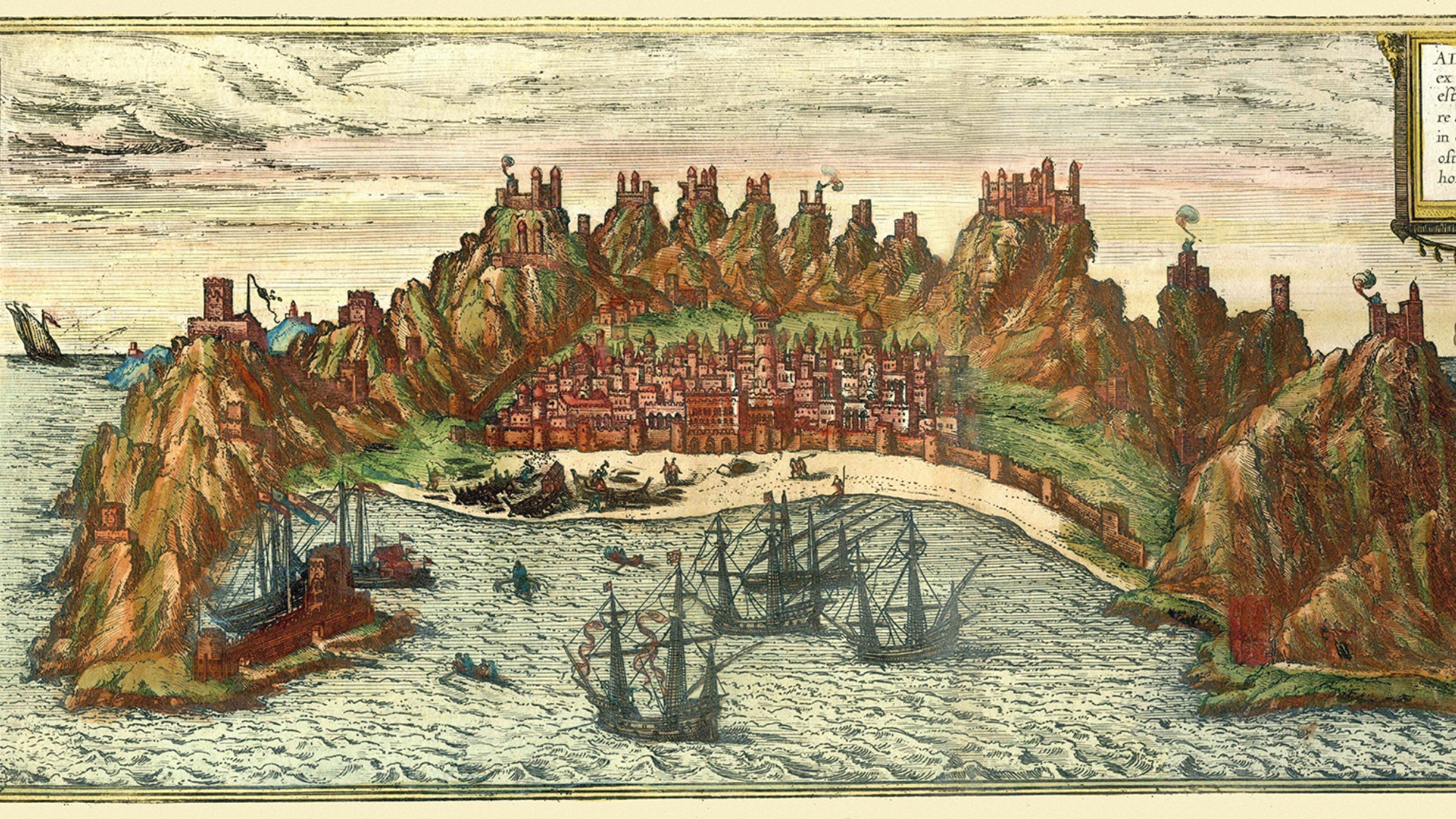Exhibition of the week
Martin Puryear
Martin Puryear
Museum of Modern Art, New York
Through Jan. 14, 2008
The Week
Escape your echo chamber. Get the facts behind the news, plus analysis from multiple perspectives.

Sign up for The Week's Free Newsletters
From our morning news briefing to a weekly Good News Newsletter, get the best of The Week delivered directly to your inbox.
From our morning news briefing to a weekly Good News Newsletter, get the best of The Week delivered directly to your inbox.
Martin Puryear often seems out of place in the contemporary art scene, said Dan Bischoff in the Newark, N.J., Star-Ledger. In an era when many artists hire teams of assistants to turn out their gleaming, soulless sculptures, “his are most often made from untreated wood, nailed or glued together,” and produced entirely by his own hand. “Oh, and Puryear is also an African-American,” who began his career as part of the minimalist movement of the 1960s, in “what was then an all-white art world.” Not all that much has changed: It’s still big news when an African-American receives a major career retrospective at the Museum of Modern Art.
“Puryear is a marvel of contemporary art,” all the more marvelous for a wise and rare sense of humor, said Mario Naves in The New York Observer. “Abrupt juxtapositions of line, mass, and shape result in a spare variety of Mutt-and-Jeff slapstick.” Often Puryear’s sculptures are so deadpan you might not notice the joke. Objects like Lover #1 bristle with whimsical appendages that resemble body parts or everyday objects. An untitled 2000 work features a thin maple sapling that struggles upward in “a hilariously understated priapic joke.” Puryear walks a fine line in these works, occasionally indulging in simplistic visual puns. In recent years he’s even turned out a few disappointing works that aren’t “much more than high-flown kitsch.” But the sculptor’s craftsmanship and idiosyncratic touches ensure he’s incapable of pretense or bombast, and “viewers will relish these sculptures for their unassuming mastery and droll gravity.”
Puryear’s “comic joy” is evident even in his most serious works, said Roberta Smith in The New York Times. Ladder for Booker T. Washington, a wobbly structure that climbs several stories up the museum’s atrium, coyly “suggests that the climb to success is deceptively long—and perhaps longer for blacks than whites.” But it’s also a beautiful object. Puryear evokes modernist masters Brancusi, Arp, and Duchamp, but also borrows disparate elements from African sculptures and other native handicrafts. He’s an old-fashioned formalist, concerned with craft rather than concept. “His formalism taps into a legacy even larger than race: the history of objects, both utilitarian and not, and their making.” Thus his sculptures often resemble artifacts of a world slightly out of sync with our own. Timely without being trendy, endlessly creative and rarely repetitive, Puryear pursues “what might be called an old-fashioned approach to the new.”
A free daily email with the biggest news stories of the day – and the best features from TheWeek.com
-
 Antibiotic resistance: the hidden danger on Ukraine’s frontlines
Antibiotic resistance: the hidden danger on Ukraine’s frontlinesUnder The Radar Threat is spreading beyond war zones to the ‘doorstep’ of western Europe
-
 ‘Capitalism: A Global History’ by Sven Beckert and ‘American Canto’ by Olivia Nuzzi
‘Capitalism: A Global History’ by Sven Beckert and ‘American Canto’ by Olivia NuzziFeature A consummate history of capitalism and a memoir from the journalist who fell in love with RFK Jr.
-
 Who will the new limits on student loans affect?
Who will the new limits on student loans affect?The Explainer The Trump administration is imposing new limits for federal student loans starting on July 1, 2026
-
If/Then
feature Tony-winning Idina Menzel “looks and sounds sensational” in a role tailored to her talents.
-
Rocky
feature It’s a wonder that this Rocky ever reaches the top of the steps.
-
Love and Information
feature Leave it to Caryl Churchill to create a play that “so ingeniously mirrors our age of the splintered attention span.”
-
The Bridges of Madison County
feature Jason Robert Brown’s “richly melodic” score is “one of Broadway’s best in the last decade.”
-
Outside Mullingar
feature John Patrick Shanley’s “charmer of a play” isn’t for cynics.
-
The Night Alive
feature Conor McPherson “has a singular gift for making the ordinary glow with an extra dimension.”
-
No Man’s Land
feature The futility of all conversation has been, paradoxically, the subject of “some of the best dialogue ever written.”
-
The Commons of Pensacola
feature Stage and screen actress Amanda Peet's playwriting debut is a “witty and affecting” domestic drama.